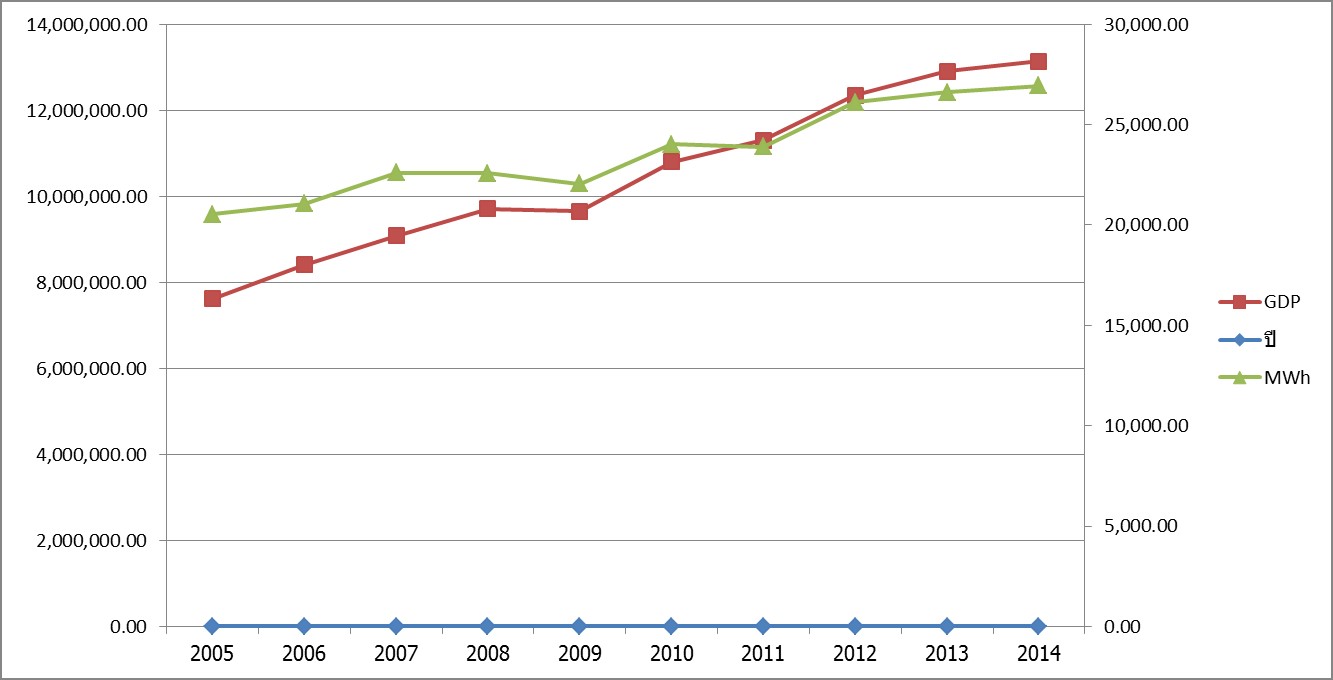An assessment of financial worthiness for Solar Cell Rooftop : The case study of Sawn Timber Hevea Wood Factory in Trang Province
Keywords:
Capital Budgeting, Net Present Value, Benefit and Cost Ratio, Internal Rate of Return, Discount Pay Back Period, Solar Cell System Project, Sawn Timber Hevea Wood FactoryAbstract
This paper aimed to study the cost and benefits, and to analyze the capital budgeting, of a solar rooftop installation project at One Sawn Timber Hevea Wood Factory in Trang Province. The analysis criteria included the Net Present Value (NPV), the Benefit and Cost Ratio, the Internal Rate of Return (IRR) and the Discounted Payback Period; including with the Unit Cost per Watt and the Cost of Product. The scope of the analysis covered direct effect, direct effect plus indirect effect on tax, and direct effect plus indirect effect on peak demand value. The result of the study showed that a large factory has comparative advantages on Unit Cost per Watt and Cost of Product thanks to the economies of scale; the higher the power generating capacity, and the lower cost per unit. The costs were 2.32, 2.69, and 3.08 baht per unit for power generating capacity more than 100kW, 51-100 kW, and 11-50 kW, respectively. These cost values were all below that of the peak demand value of 4.21 baht per unit. As for the project’s payback period, the fastest was 5.59 years with the power generating capacity more than 100kW. In addition, when analyzing the capital budgeting by applying the Net Present Value, the Benefit and Cost Ratio, the Internal Rate of Return, and the Discount Pay Back Period, the result revealed that the installation of the solar power system for the Sawn Timber Hevea Wood Factory in Trang Province was worthwhile. We also examined the sensitivity in 4 cases; loan rates increases, inverter reduced lifespan, solar cells increased deterioration values, and seasonal reduction of electricity production. Our findings could be very supportive in case the government wishes to bring this study’s results to create campaigns encouraging the factories to utilize alternative energy such as solar power in the future.
References
Anan Suwanchaisakul. (2008). Financial and economic feasibility of producing electricity from solar cells for households and villages. Specialized research, Master of Economics Program, Faculty of Economics Thammasat University
Chularat Jumpirat. (2015). Financial feasibility study of solar power generation projects installed on Solar PV Rooftop for residential household in Mae Sariang district Mae Hong Son Province. Master Independent study. Kasetsart University
Department of Alternative Energy Development and Energy Conservation. Alternative Energy Development Plan and Alternative Energy 2015-2036. Alternative Energy Development Plan (AEDP2015). Ministry of Energy Policy and Planning Office Energy. Retrieved from http://www.eppo.go.th/images/POLICY/PDF/PDP_TH.pdf (Searched on 20 February 2018).
Department of Alternative Energy Development and Efficiency. Ministry of Energy. (2015). Energy Consumption Statistics. searched on 23 February 2018. Retrieved from http://www.dede.go.th/ewt_news.php?nid=42079
Natthapong Suwanasang and Sopitsuda Tongsopit. (2015). An Assessment of the Technical and Economic Potential of Rooftop Solar Systems on Chulalongkorn University’s Buildings. Journal of Energy Research. Year 12, Issue 2 (July-December) 2015.
Prasart Meetam. (2015). The right to use sunlight to produce electricity must be protected and make it true. (Regret sunny). Committee Independent organization for consumer protection
Prinyaporn Boonsirisuk (2014). Using renewable energy by using solar energy of households in Chiang Mai Case study of Chiang Mai Municipality. Independent study Master of Economics Program, Chiang Mai University
Rachan Chuchat. (2015). Analysis of demand for electric power In order to evaluate the cost and return of the Solar installation rooftop on the roof of the case study Prince of Songkla University Hat Yai Campus. Research Methods in Economics, Faculty of Economics Prince of Songkla University Hat Yai Campus
Samart Wongrit. (2012). Area suitability for solar cell installation in Thailand using Geographic information database together with the solar radiation intensity map. Master of Engineering Thesis, Kasetsart University
Thanapol Tantisatayakul et.al. (2017). An assessment of energy, environmental and economic benefits for systems Solar power generation on the roof of the building within Thammasat University, Rangsit Campus. Science Journal And Technology Year 25, Issue 6, November - December 2017
Thanapol Tantisatayakun (2015). Assessment of financial support measures for power generation systems Residential solar roof in Thailand Journal of Science and Technology, Year 23, Issue 4, May-June 2015, Thammasat University
Thanai Phothisat et.al. (2017). A guide to the development of solar power generation projects installed on the roof for Thailand. Department of Alternative Energy Development and Efficiency, Ministry of Energy.
Wiwat Chanovit. (2014). Cost and return analysis of solar power generation projects installed on Residential type roof In different areas of Thailand. Business Economics Course Thesis, Institute Graduate School of Development Administration

Downloads
Published
How to Cite
Issue
Section
License
Copyright (c) 2020 https://creativecommons.org/licenses/by-nc-nd/4.0/

This work is licensed under a Creative Commons Attribution-NonCommercial-NoDerivatives 4.0 International License.



